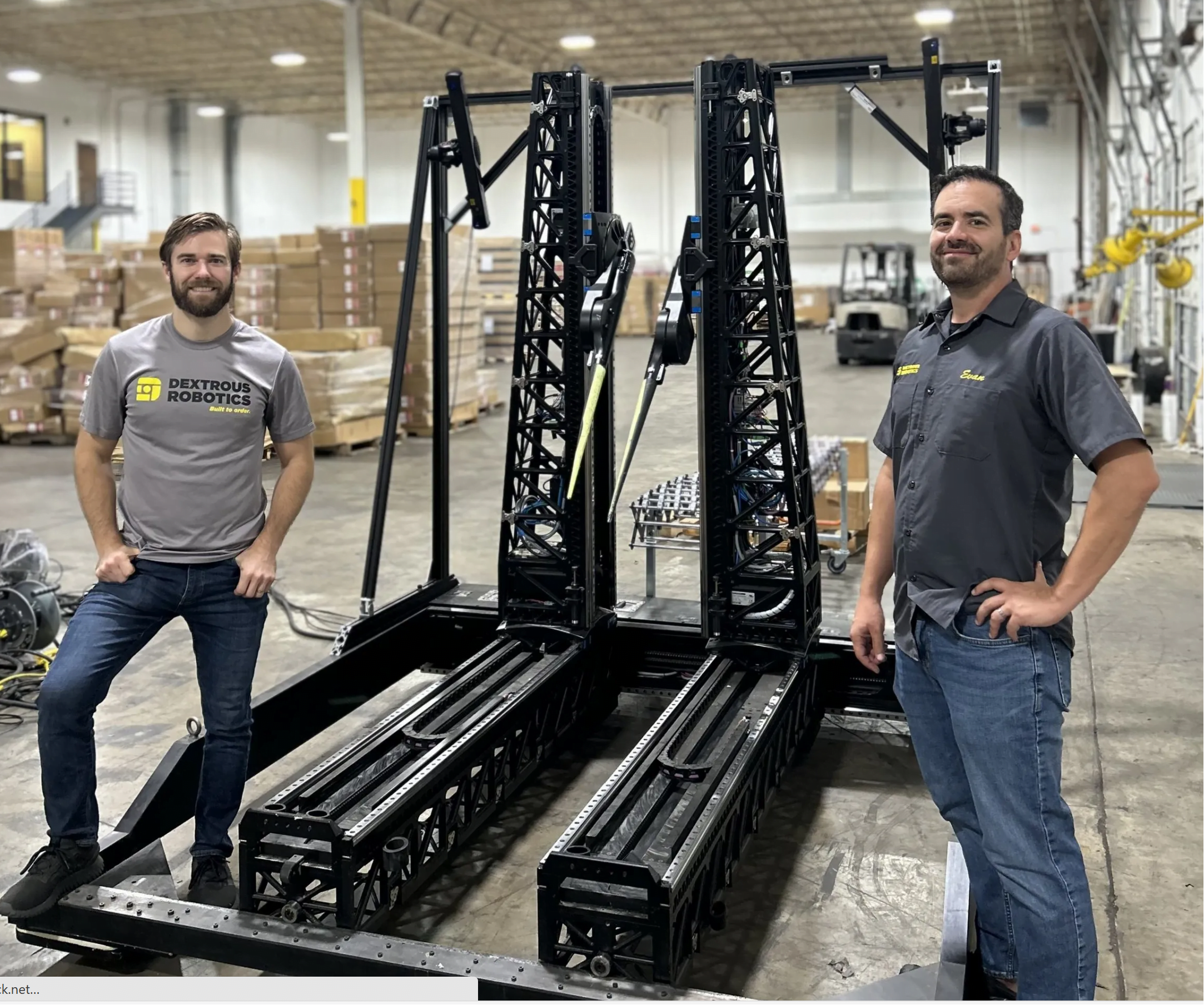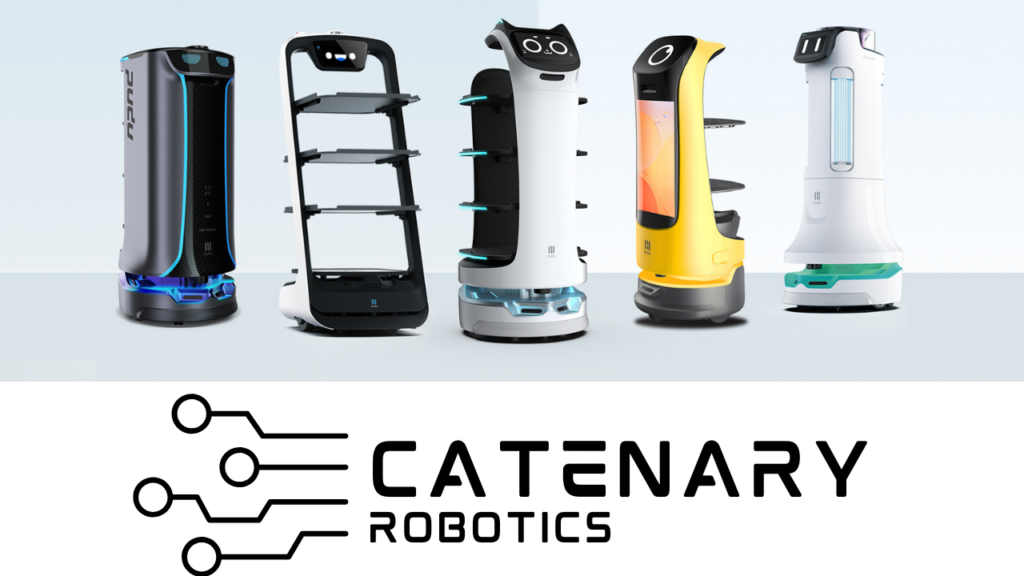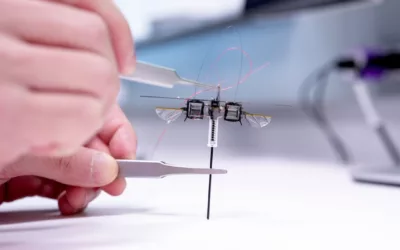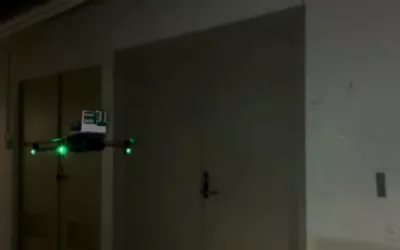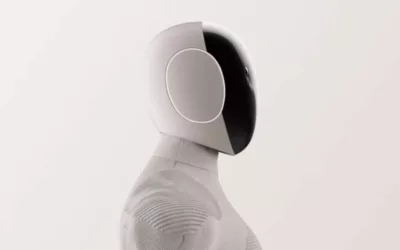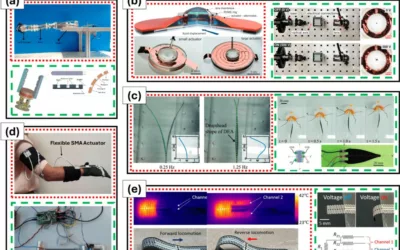Dextrous Robotics is attempting to transform warehouse operations with its inventive package manipulation system. While robots are commonplace in warehouses for shuffling small items, handling substantial and weighty loads remains a challenge.
The company’s approach involves a robot equipped with giant chopsticks, showcasing a departure from conventional methods. Initially introduced in 2021 as a proof of concept using Franka Panda robotic arms. Dextrous Robotics has upscaled to a larger robot, the DX-1, reportedly capable of efficiently managing hundreds of heavy boxes per hour through its chopstick manipulators.
Dextrous CEO Evan Drumwright highlights the robustness of the chopstick approach, emphasizing its ability to handle heavy payloads and small items with precise manipulation. The independently posable chopsticks offer flexibility in grasping a diverse range of objects, simplifying the grasping problem with a straightforward mechanical design.
In a demonstration video, the DX-1 is seen moving approximately 150 boxes per hour, simulating unloading a packed trailer. However, the system’s potential far exceeds this rate, reaching 900 boxes per hour in an uncluttered environment. This speed surpasses human capabilities, where individuals typically handle 300 to 500 boxes per hour.
The robot’s hardware specifications suggest the capability to handle 40 kg boxes at an acceleration of up to 3 gs, with a theoretical maximum of 2,000 boxes per hour. Dextrous Robotics acknowledges the challenges of swiftly moving heavy boxes and emphasizes that the real complexity lies in the picking process.
Unlike other robotic systems using suction for picking, Dextrous Robotics uniquely employs giant chopsticks. While suction systems have advantages in simplicity, they face limitations such as payload constraints, difficulty with odd-size boxes, and challenges in low-temperature environments. The DX-1’s chopsticks offer support on two sides, enhancing stability but introducing complexities in perception and planning.
Drumwright acknowledges the difficulty in reaching this point, emphasizing the precision required in the perception system and manipulation. Despite the challenges, the proof of concept demonstrates the robot’s ability to autonomously perform contact-based manipulation, picking variably sized objects from an unconstrained environment.
While the demonstration boxes appear worn, Dextrous assures that the robot, in its latest version, incorporates sensitivity to handle objects gently. Drumwright discusses the ongoing efforts to fine-tune the system for reliability and autonomy, aiming to combine high-speed operation with consistent performance across diverse warehouse scenarios. The company is initiating commercial pilots, with the goal of transitioning from experimentation to a market-ready product.

